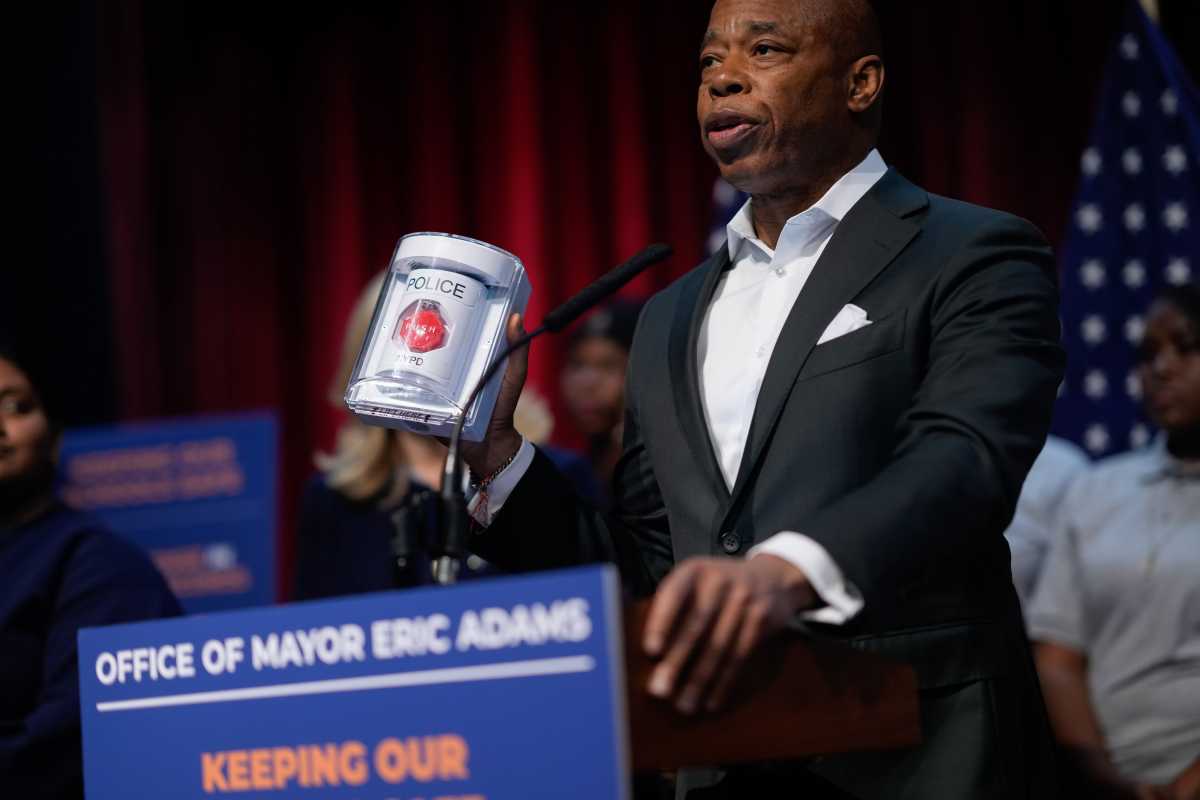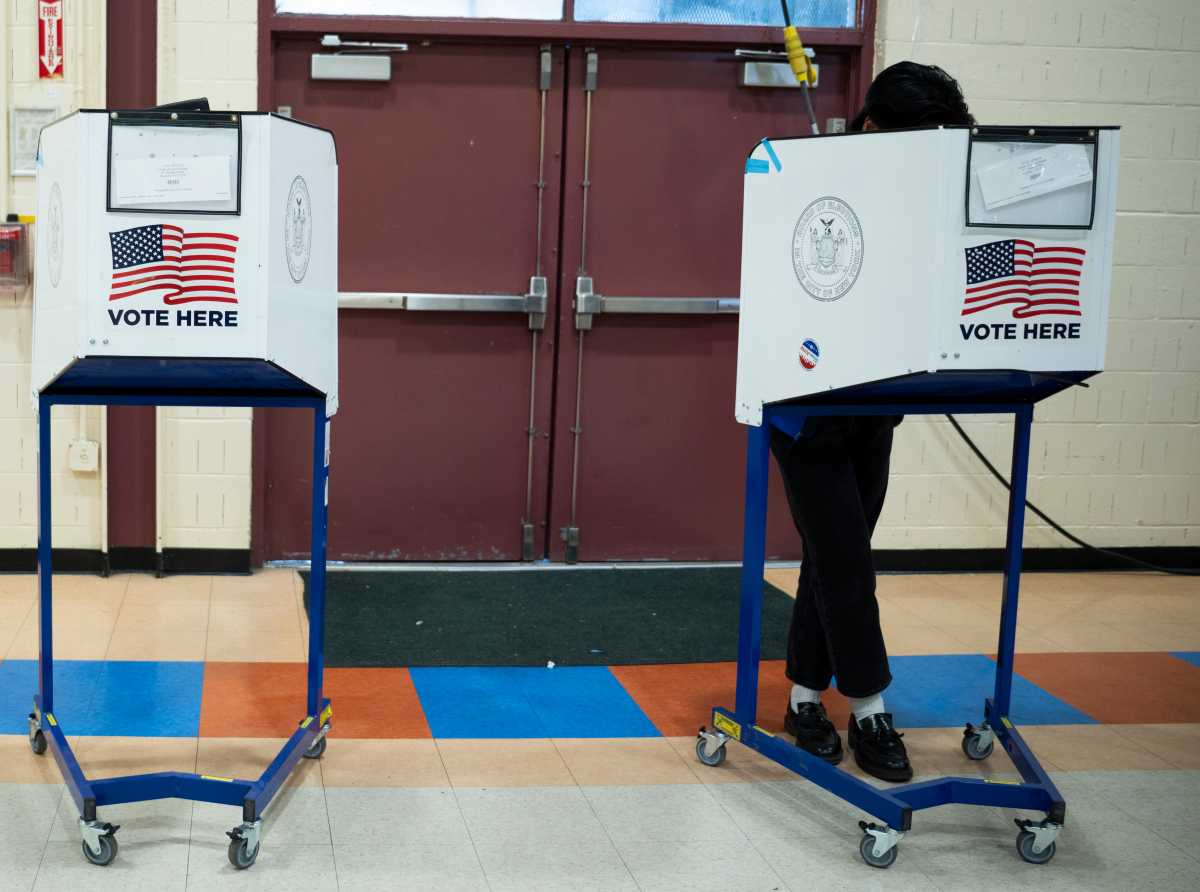Every chance they get, the New York City Police Department touts how dramatically crime dropped over the last two decades. At one point in the early 1990s, there were over 2,000 homicides citywide and more than 50,000 cars stolen in Queens alone.
Last year, the city murder rate fell to a historic low of 413, and there were fewer than 3,000 stolen autos reported in Queens. Other major crimes such as burglaries and robberies have also fallen steeply in the last 20 years.
Credit for these drops could be attributed to the “broken windows” theory that the NYPD adopted under Bill Bratton’s first stint as police commissioner in 1994. The theory suggests that little crimes, left unchecked by law enforcement and the community, eventually evolve to larger and more serious felonies. This ranges from graffiti-covered security gates to squeegee men solicitations.
With serious crime down, the NYPD’s strategy toward keeping the peace appears to be keeping the focus on stopping smaller offenses-but not without controversy.
Earlier this month, police in Staten Island busted Eric Garner for selling “loosies” (individual cigarettes) on the street. What was a minor arrest turned into a major case when, after Garner resisted, police brought down the 400 lb. man to the sidewalk. One of the officers put him in a chokehold, while another pressed his head against the concrete; Garner, an asthmatic, claimed he couldn’t breathe. He soon after went into cardiac arrest and died.
The incident was caught on a cell phone video that went viral and stoked public outrage. Two officers involved in Garner’s arrest were put on modified desk duty and a federal investigation is ongoing.
Further outrage came after another video showed police officers in Brooklyn putting a pregnant woman in a chokehold. Reportedly, officers came to the home to stop her from barbecuing on the sidewalk.
In the wake of these incidents, the usual civil rights activists and political grandstanders publicly questioned whether the NYPD had taken its broken windows approach a bit too far. Bratton indicated the NYPD would likely move to retrain all officers on arrest procedures since chokeholds were banned from the department years ago.
By all appearances, NYPD officers overreacted in both incidents, using the proverbial sledge hammer to smash a fly. However, no one can forget that it is illegal in New York City to sell loose cigarettes or barbecue on the sidewalk. The NYPD response may have been wrong, but it made the illegal acts of the victims no more right.
It seems people want to look the other way on minor offenses. Look at the public attitude on graffiti; many consider it art, regardless if the so-called “artist” illegally painted it on someone else’s property. Those who criticize vandals and want them prosecuted are deemed out-of-touch.
Look at the situation in Times Square, where there are more counterfeit Mickey and Minnie Mouses than there are rats. A phony Spider-Man accused of harassing photo-seeking tourists for tips punched out a police officer who attempted to arrest him. These blatant copyright violators have been a problem for years, and one wonders why no one in authority seems capable of stopping them.
The broken windows theory is an effective approach to policing. The problems lie both with overreacting officers and those who want to break little laws to satisfy their needs for money and/or attention. Society should tolerate neither.


































